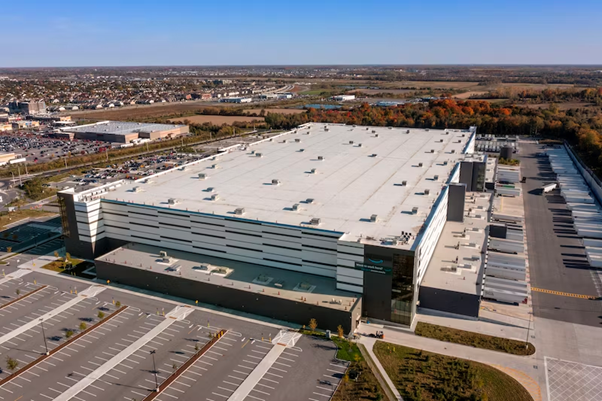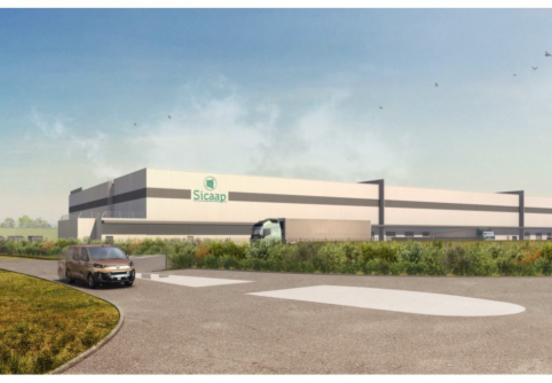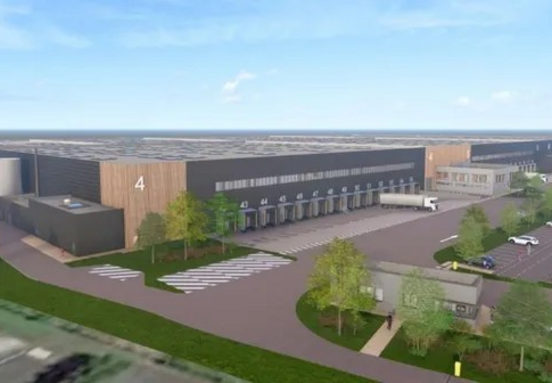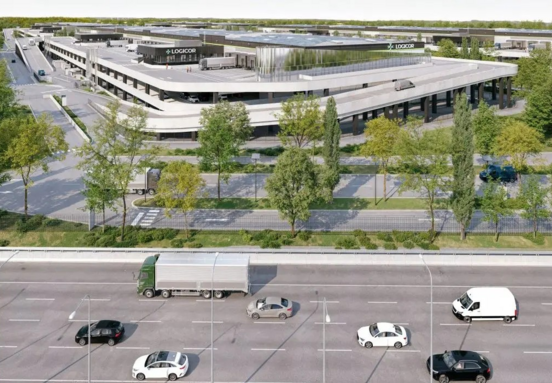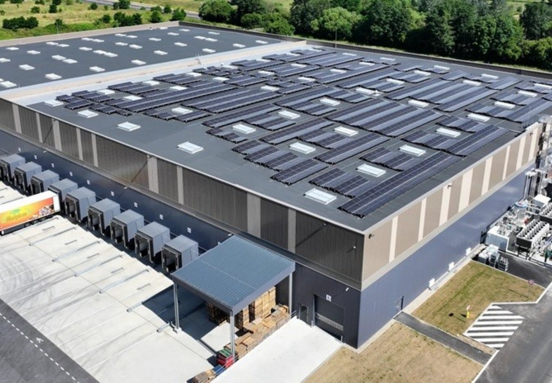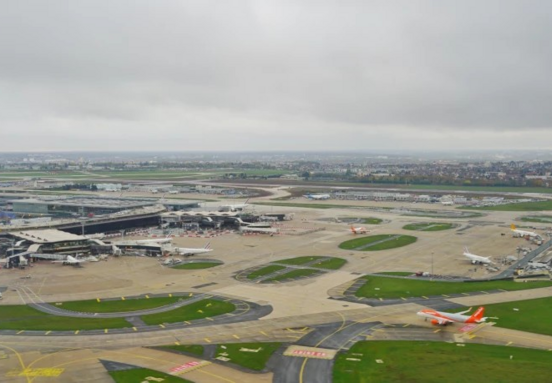Innovations, both in infrastructure and processes, are multiplying to meet the demands of client businesses in a globalized context. Logistics must naturally adapt to Industry 4.0, based on total digitization of processes. This is to gain in terms of costs, lead times, and consequently, productivity and customer satisfaction.
While globalization was already contributing to the development of the logistics sector, the health crisis, with the tremendous surge in e-commerce in 2020, literally exploded it. Companies are looking for carriers and freight forwarders capable of delivering their products worldwide, often mixing different modes of transportation (air, sea, rail, or road) depending on the type of production, destinations, budgets, and desired delivery times.
Hesnault, one of the major players in international logistics and freight, has created Medexeno, its subsidiary dedicated to the transportation of medicines and pharmaceutical products, with the ambition of putting its serious expertise at the service of the healthcare industry.
Globalization, the industry of the future, changing consumer behaviors - logistics must follow, regardless of the sector concerned, and therefore revise its organization. New technologies are naturally part of this, with "intelligent" transport solutions, computerized and robotic warehouse management, and networking of information for optimal communication throughout the supply chain. Non-connected systems, multichannel strategy, and unforeseen events along the chain are now outdated. From the factory departure to delivery at the customer's location, the product must be tracked, controlled, shipped, and stored under the best conditions.
Optimization of the logistics chain is essential at the warehouse level to increase competitiveness. Automation solutions become indispensable to save time, costs, and enhance safety. Meanwhile, data digitization and the use of cloud-based software enable the connection of the entire supply chain. With Big Data and the Internet of Things (IoT), communication flows more easily, and increasingly abundant information and data are shared. This allows for forecasting and planning in order processing.
Automated Guided Vehicles (AGVs), shuttle systems in shelves, robotic gripping arms, gantry robots, stacker cranes... Autonomous management of the storage warehouse greatly improves order preparation. Robotics speeds up, simplifies, and secures tasks that were once manual, relieving the most strenuous and repetitive manipulations. Many warehouses use robots, meaning collaborative robotics. Robots collect data to optimize the supply chain. They are also present in unloading areas, for example, with automated cranes in ports. Containers can even be placed on autonomous vehicles for transport to their storage location.
Among the companies presented in our dossier, RC3M offers high-quality industrial transit systems thanks to 100% French manufacturing. "Our particularity is to offer kit material, which allows us to be completely modular to meet the precise expectations of our customers," explains its manager, Nicolas Leroulier. This caters to any company needing to handle products: from market gardeners to large industries. On its part, Storopack offers a wide range of solutions for cushioning and protection inside packages.
Regarding goods transportation, information digitization is encouraged by the European Union concerning transmission to authorities, in order to save costs borne by businesses and to make the sector more efficient and sustainable. Computerization is accelerating, with significant advantages.
Information digitization improves stock management, providing gains in warehouse space, responsiveness to retrieve an item, and greater traceability of products identified throughout the logistics process (by barcode or RFID chip). This is of increased utility when these products are perishable.
The multichannel strategy, which is now an integral part of customer service, implies that orders are processed in the same way even if the information arrives through different channels. Adapting warehouse design to an omnichannel logistics strategy allows for unified order processing and speeds up the preparation process.
The need to anticipate customer needs contributes to the emergence of the logistics of the future. Big data and artificial intelligence allow for better forecasting, thus anticipating supplies with a reliable idea of demand. Analytical tools now share sales histories, local news, weather forecasts, or social media exchanges. The logistics sector has thus become one of the largest users of machine learning to help software perfect logistics organization.
The transition taking place in this sector has various objectives. On the one hand, it aims to reduce logistics costs, which are particularly significant for companies. An optimized logistics chain management, and thus better flow management, also leads to faster delivery times, generating increased customer satisfaction. More efficient processes, facilitated planning, and minimized losses are other advantages of logistics 4.0.
Among the other cutting-edge methods of this logistics of the future, visual recognition technologies identify the 3D characteristics of products, check the condition of goods without the need to open a package. Increasingly, these non-destructive checks are carried out by tomographic scanning. Choosing the best delivery route, to be adjusted in real-time based on unforeseen events, is also easily done.
Finally, the CSR aspect is now taken into account in the supply chain, especially since transport is a significant factor in greenhouse gas emissions. Avoiding empty transports, optimizing the last mile with drones, using packaging made from recycled materials, greening logistics platforms... these are ideas that should be increasingly adopted in this changing sector.
